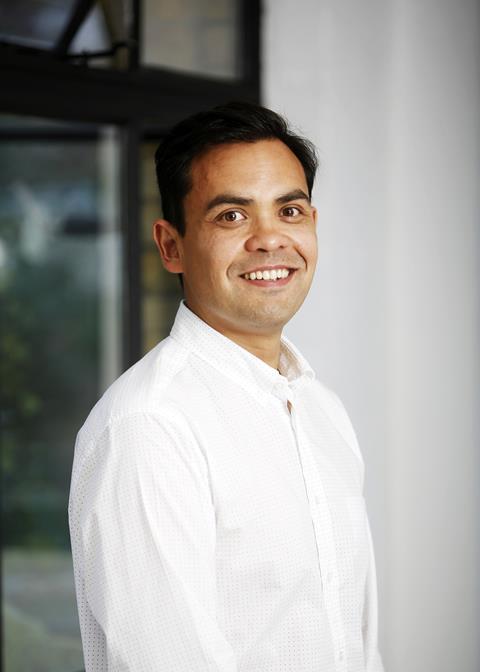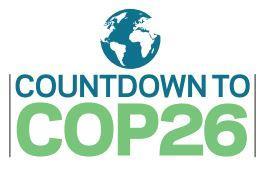Our homes should be the safest place to be but the use of toxic chemicals in their construction is still too widespread, says Chris Mortensen

The hazards to our health caused by the widespread use of lead, asbestos, isocyanates and mercury in housebuilding are well-documented. In some cases, it took centuries of exposure before their deadly toxicity was revealed and the primary casualties were construction workers and occupiers who placed enduring faith in the safety of commonly used and ÔÇ£tried and testedÔÇØ materials.
Death and serious long-term impairment caused by chronic respiratory disorders, like mesothelioma and lung disease, reproductive health complications, kidney damage, blood cancer, and blindness, are grave reminders of the importance of regularly assessing and finding alternatives for building materials with adverse health effects.
In a post-pandemic world, where more time will surely be spent in our homes, a dialogue around the potential impact of materials on our health, air quality and environment, is desperately needed.
With COP26 now underway, we are urging the construction industry to substitute away from toxic materials. Despite the rhetoric that our homes are the safest places to be, our use of toxic materials is more pervasive than we woul like to believe.
Housebuilding continues to rely on common materials of construction that contain chemicals on the Living ║├╔½¤╚╔·TV Challenge ÔÇ£red listÔÇØ, a catalogue of ÔÇ£worst in classÔÇØ materials that are known to present significant risks to health and wellbeing.
Finding healthy alternatives will inevitably result in more human-centric designs, putting public and environmental health first. In some cases, this means reverting to historically successful solutions, using naturally occurring ingredients instead of synthetic derivatives and petrochemical by-products.
Data-driven innovation can help us monitor the real-time emission and impact of chemicals on health. Such feedback loops could be used by manufacturers and supply chains to continually improve production processes of construction materials and make better products available in the market.
Adding the power of material passports and initiatives such as the Healthy ║├╔½¤╚╔·TV NetworkÔÇÖs Home Free platform will further this transformation as it becomes easier to make healthy choices and find viable alternatives.
Safety of the home is not a fringe issue anymore. History teaches us that, far from an afterthought, it is a fundamental reason for why we build.
Chris Mortensen is COO of Modulous
Ideas for positive change

This is part of our Countdown to COP26 coverage in the lead up to the world climate conference in Glasgow in November. We will be publishing more big ideas about ways to tackle the climate emergency over the coming weeks and you can find more here.


























No comments yet